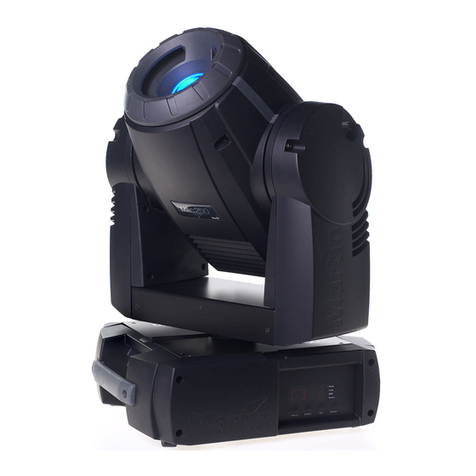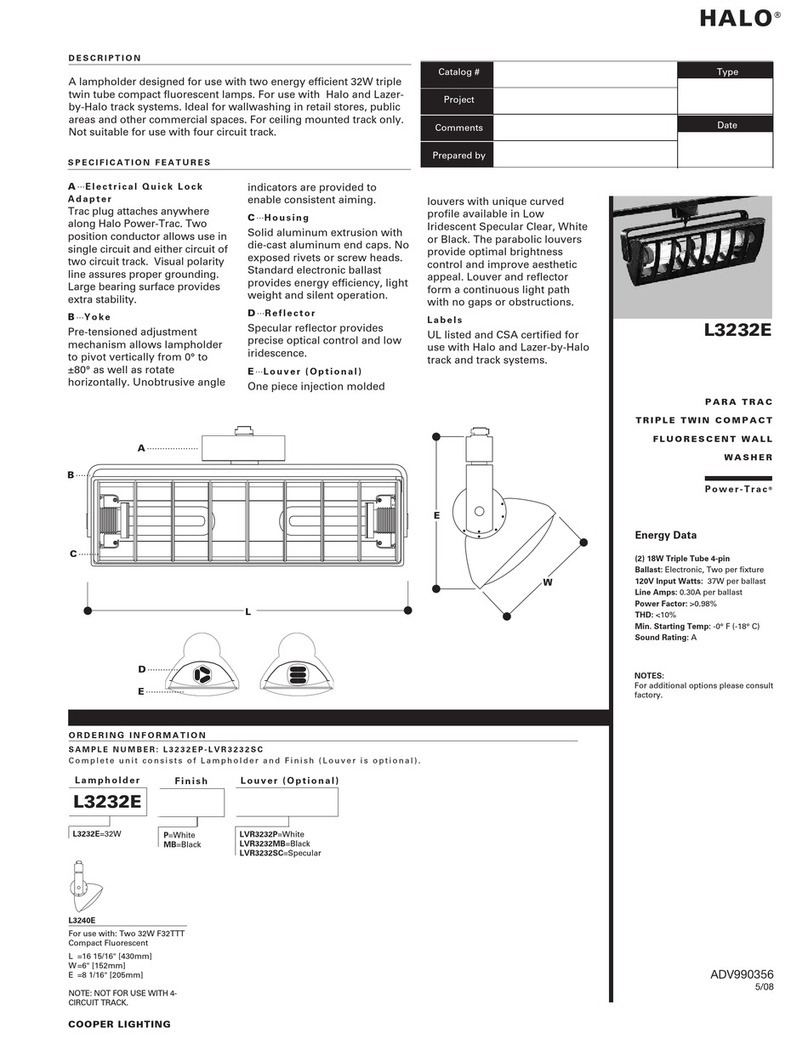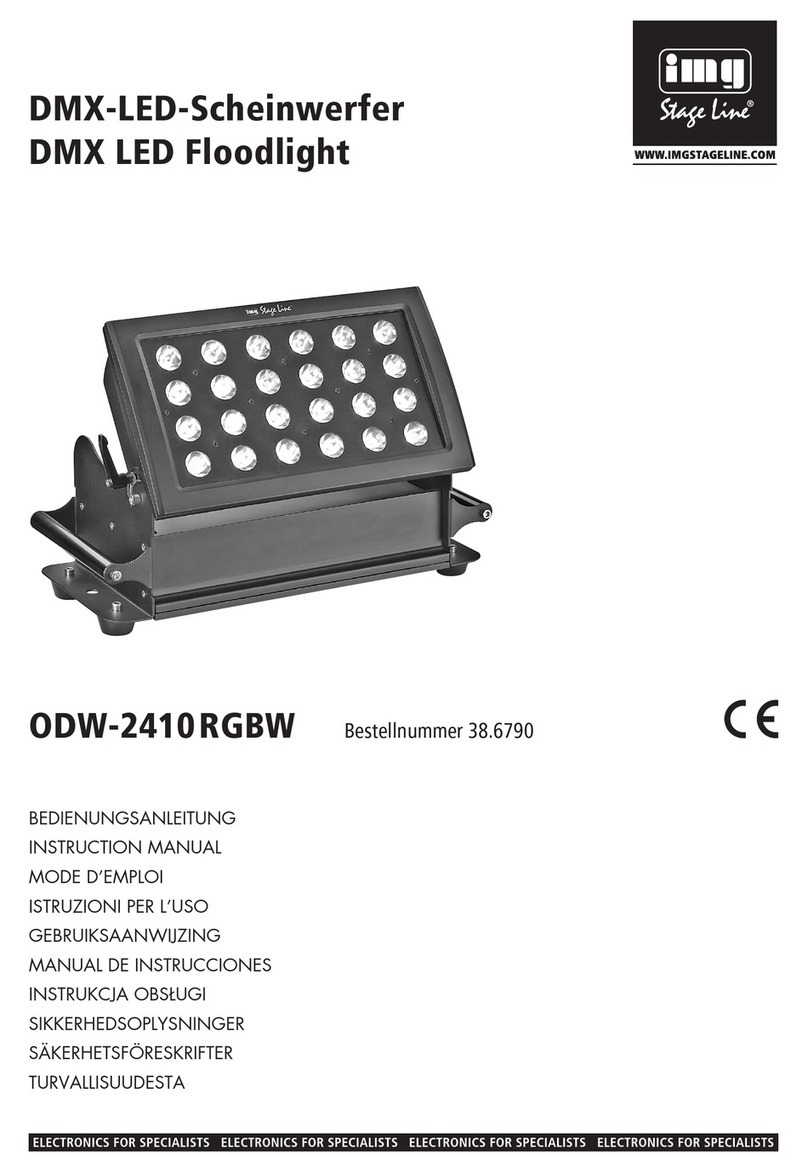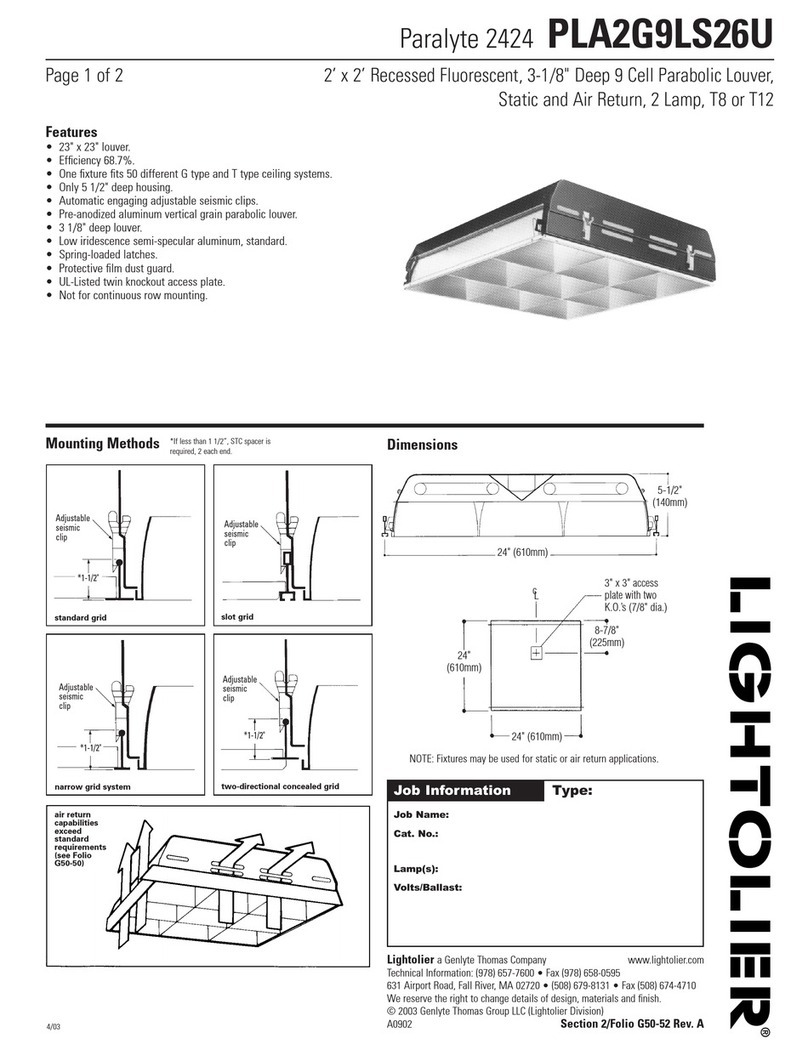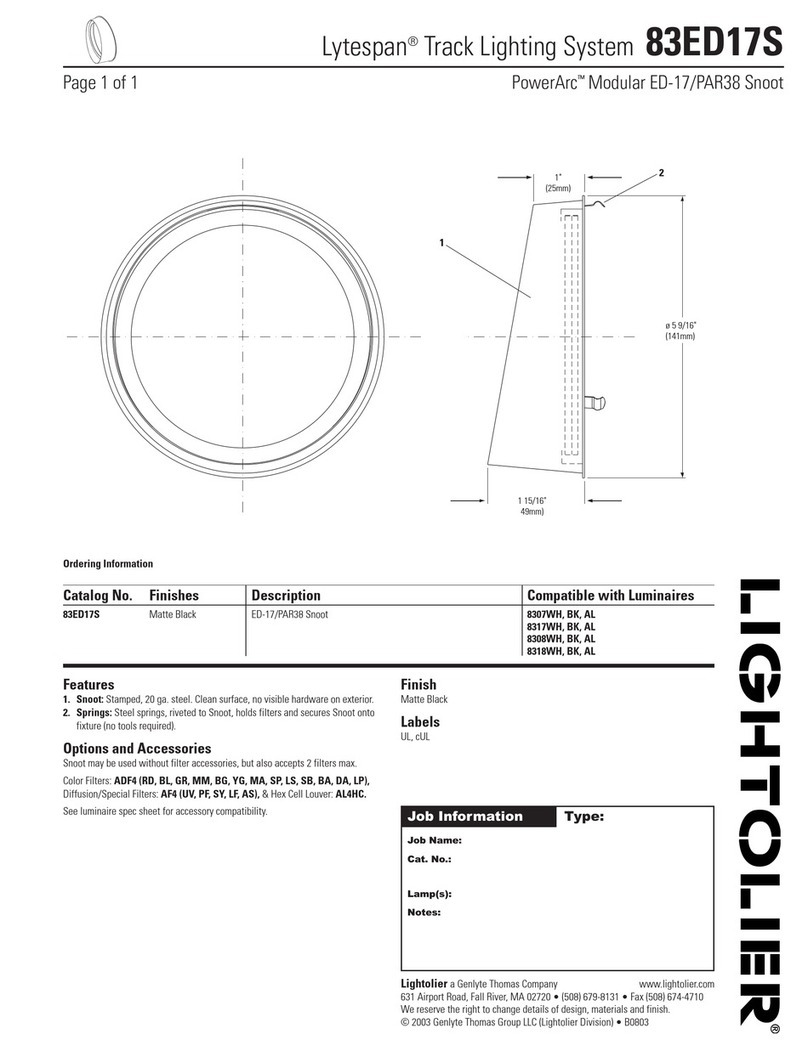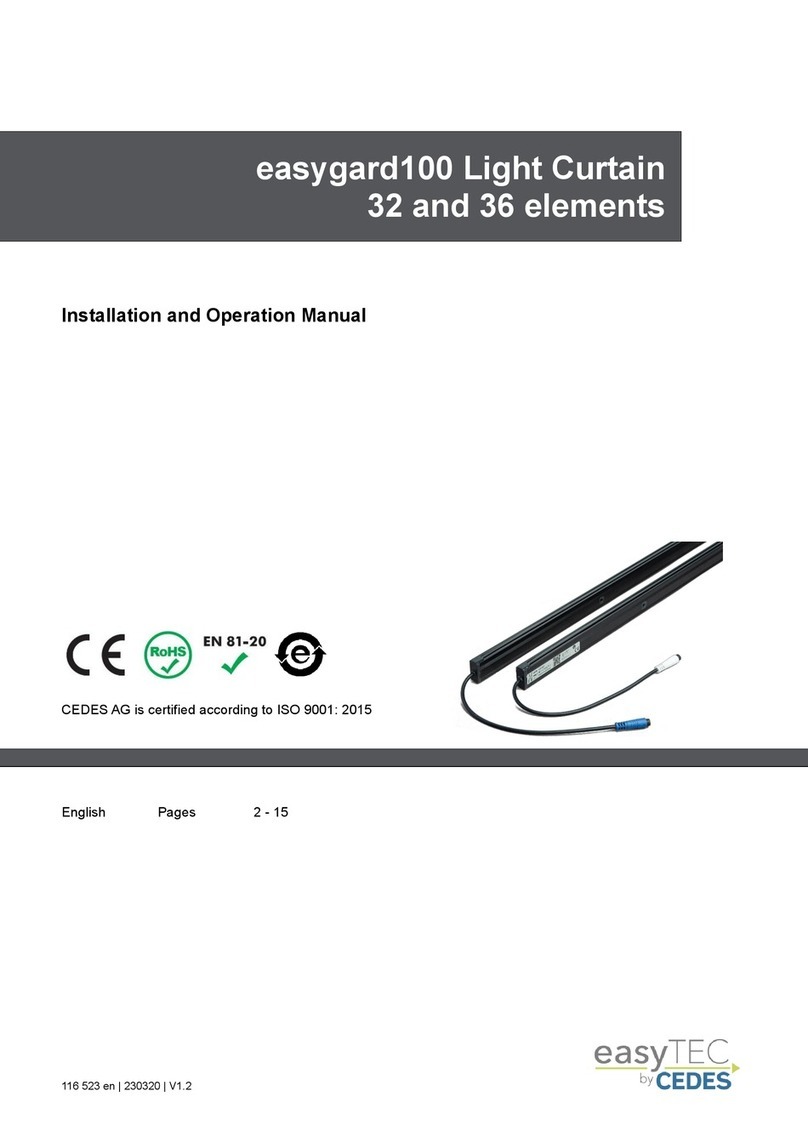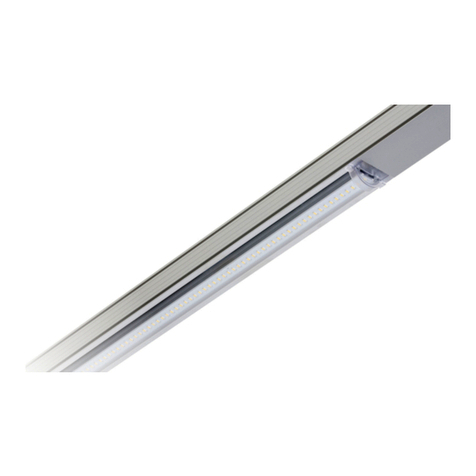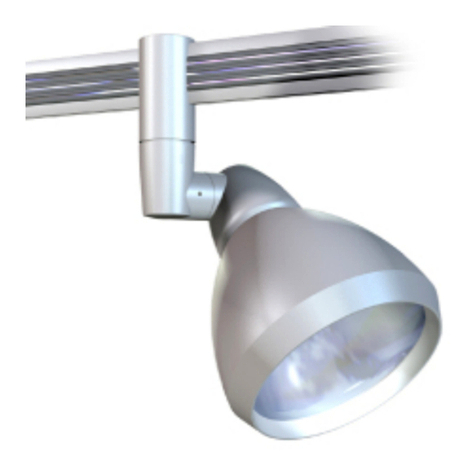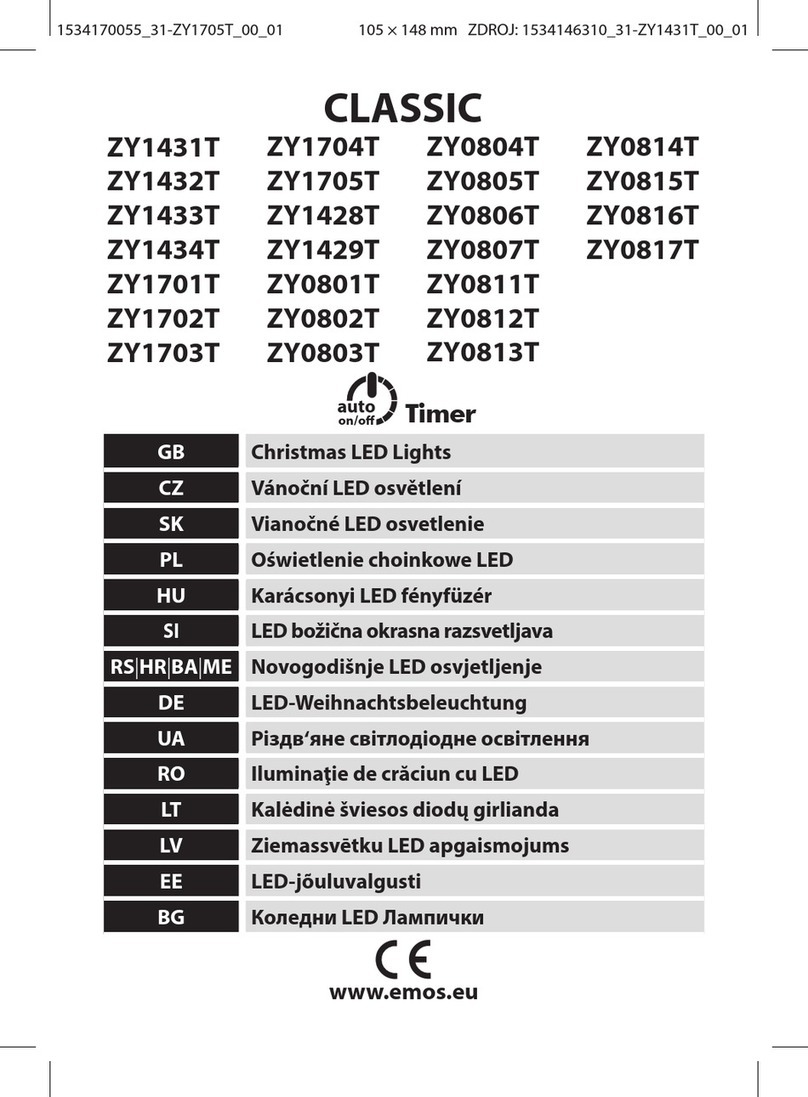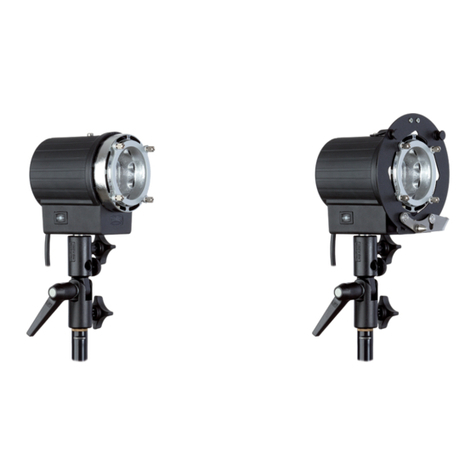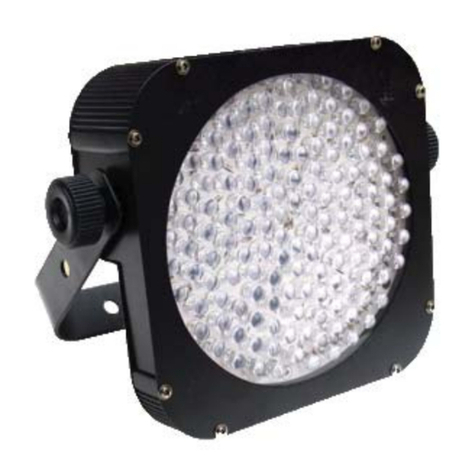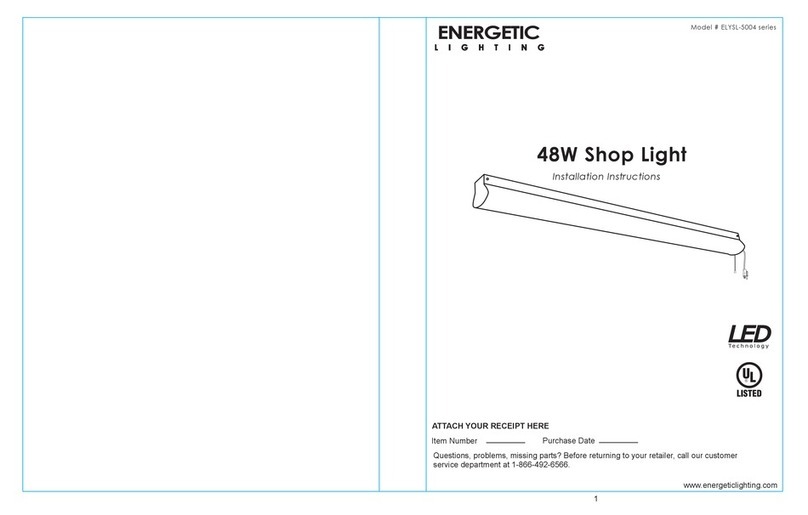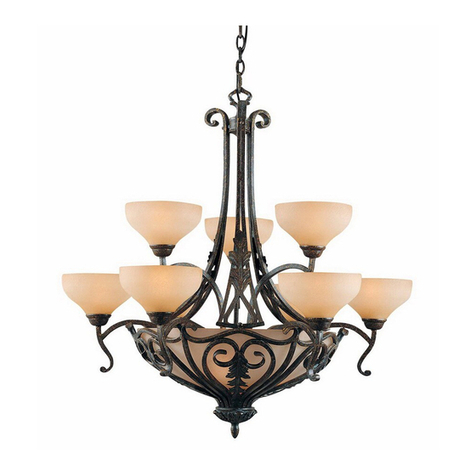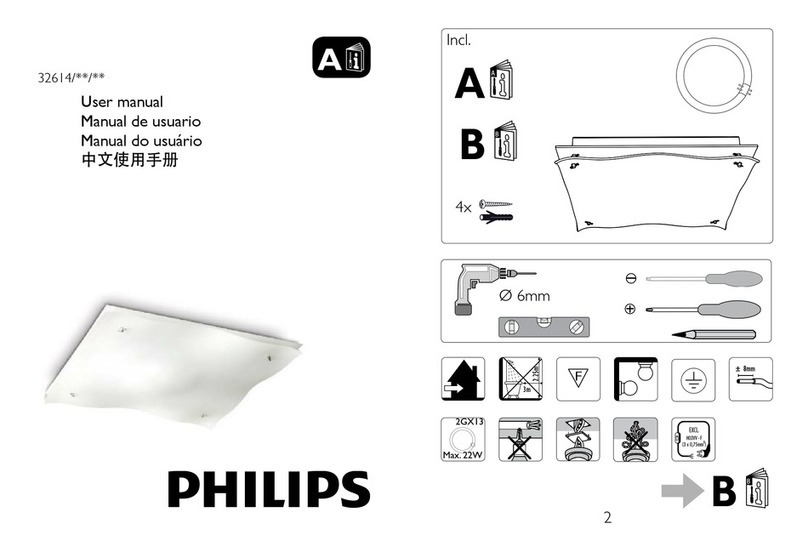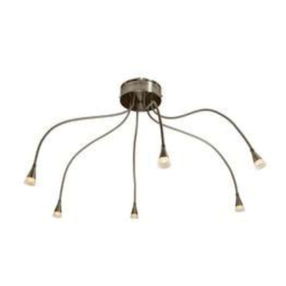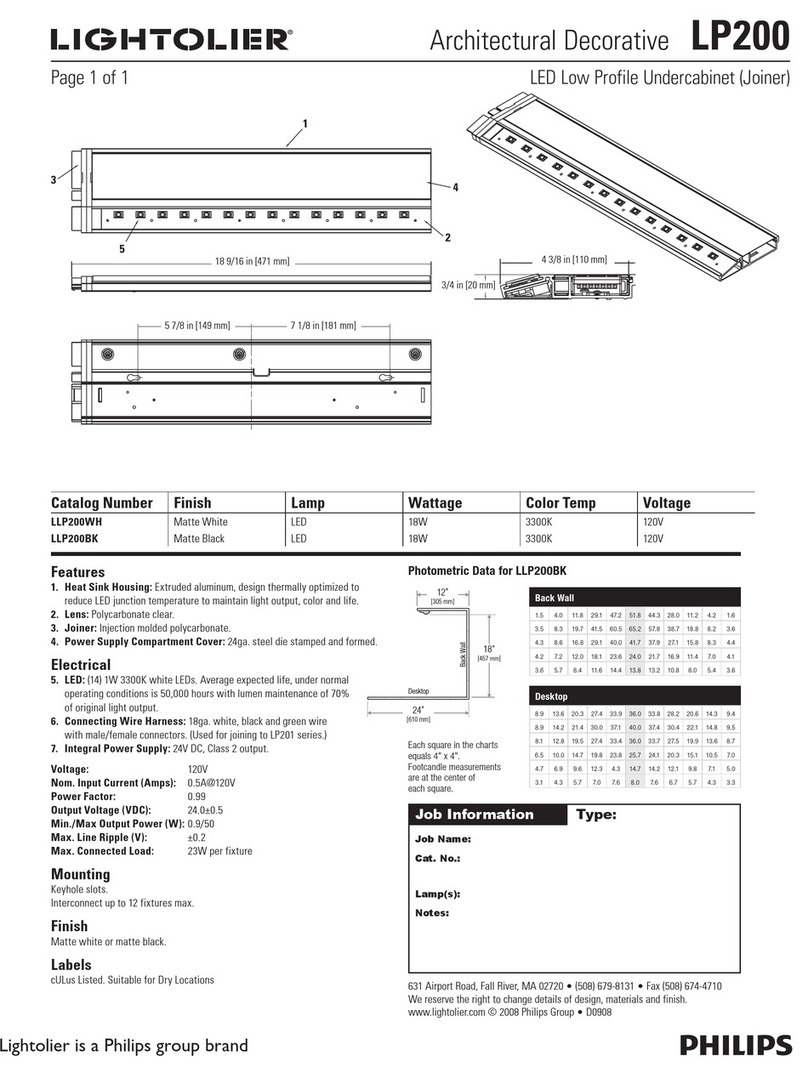
Installation and Operation Manual cegard/Mini
© CEDES/December 2008 www.cedes.com 9
6. Trouble shooting
If cegard/Mini does not operate as expected, ob-
serve the following trouble shooting guide step by
step:
1. Switch off the light curtain and then switch it on
again (Power-up for both the Rx and Tx edges)
2. Check supply voltage both on emitter and recei-
ver. Is the green indicator LED in the emitter
edge on and is the orange LED in the receiver
edge on when there are no obstacles between
the emitter and the receiver? Is the supply volta-
ge between 14 and 30 Volts DC? The ripple on
the DC voltage should not exceed more than
10% of the mean voltage within the min. and
max. range.
3. If the output of the receiver (black wire) is high
when the protected area is not obstructed, and in
this case it should be low, connect the white wire
of the receiver (Rx) cable to 0 V (blue wire, which
is also negative power, see page 8).
4. If the output of the receiver (black wire) is low
when the protected area is not obstructed, and in
this case it should be high, connect the white wi-
re of the receiver cable (Rx) to the positive power
(brown wire, see page 8).
5. If the output signal of the receiver is not stable
during the closing of the door, make sure that
a. there is not excessive EMI-noise generated by
the door drive or the door inverter or any other
means that is disturbing the door edge. In such
a case, move the cable of the receiver so that
the distance to the noise source is as wide as
possible. In addition, filter out the noise of the
source by using the optional relay module, the
optional power supply or the switching power
supply available from CEDES (connecting
diagram, page 12).
b. there are no obstacles between the emitter and
the receiver. Make sure that the door lock or
any other obstacle does not enter the light path.
c. the edges are properly installed and aligned so
that they cannot swing or vibrate and therefore
lose line of sight between themselves.
d. the optical elements of the edges are clean and
not full of dust or dirt. Although cegard/Mini is
very tolerant to this condition, its performance
is much better when it is clean.
6. If the doors are closing even with an obstacle1,
there are two possible reasons:
a. Output selector not properly set (see step 2
and 3)
b. Faulty / defective system wiring or defective
receiver edge2
1 Due to the nature of door system designs, (which as complete
systems is not fail safe), in extremely rare conditions doors can
close even with an obstacle present. Therefore, there must be, by
code, other safety means to prevent passengers from being hurt
by the elevator doors. These dangerous situations should and
can be detected by the elevator control, which should, in such a
case, take the elevator out of service.
Maintenance
Although cegard/Mini does not need periodical
maintenance, a functional check at least with every
elevator maintenance check is strongly
recommended. This periodic functional test should
consist of the following:
- Test the reopening function over the whole door
area. The door should reopen if an object is
placed anywhere between the sill and up to 1800
mm (standard configuration) above the sill.
- Clean the front surface with a soft towel from
dust or dirt. Especially when the door edges are
installed before the construction of the building is
finished (perhaps weekly during construction).
To clean the surface with a towel, it must be ei-
ther dry or slightly moist, but not wet.
- Confirm edges are fastened securely to the door
wings and slam post
- Confirm cables are routed properly as described
in the appropriate mounting kit installation in-
structions.
Important notices:
Never use any solvents, cleaners or mechanically
abrasive towels to clean the edge. The plastic lens
can be damaged!
Although the edges are water and weather resistant,
never use lots of water to clean the edges!
Never use high pressure water to clean the edges!
Do not scratch the surface when cleaning the edges!
Disregard of the mentioned precaution may lead to a
loss of safety!
Disposal
The light curtain should only be replaced if a similar
door protection device is installed. Disposal should
be done using the most up-to-date recycling tech-
nology according to local rules and laws. There are
no harmful materials used in the design and manu-
facture of the light curtain. Traces of such danger-
ous materials could be used in the electronic com-
ponents but not in quantities that are harmful to
health.
2This device (as well as all other door protection systems on the
market) cannot – by its nature – provide absolute safety for eleva-
tor passengers passing through the doorway. It must not be used
as the final fail safe device of the door mechanism. This ultimate
safety function has to be provided by a fail safe force and kinetic
energy limiter.

